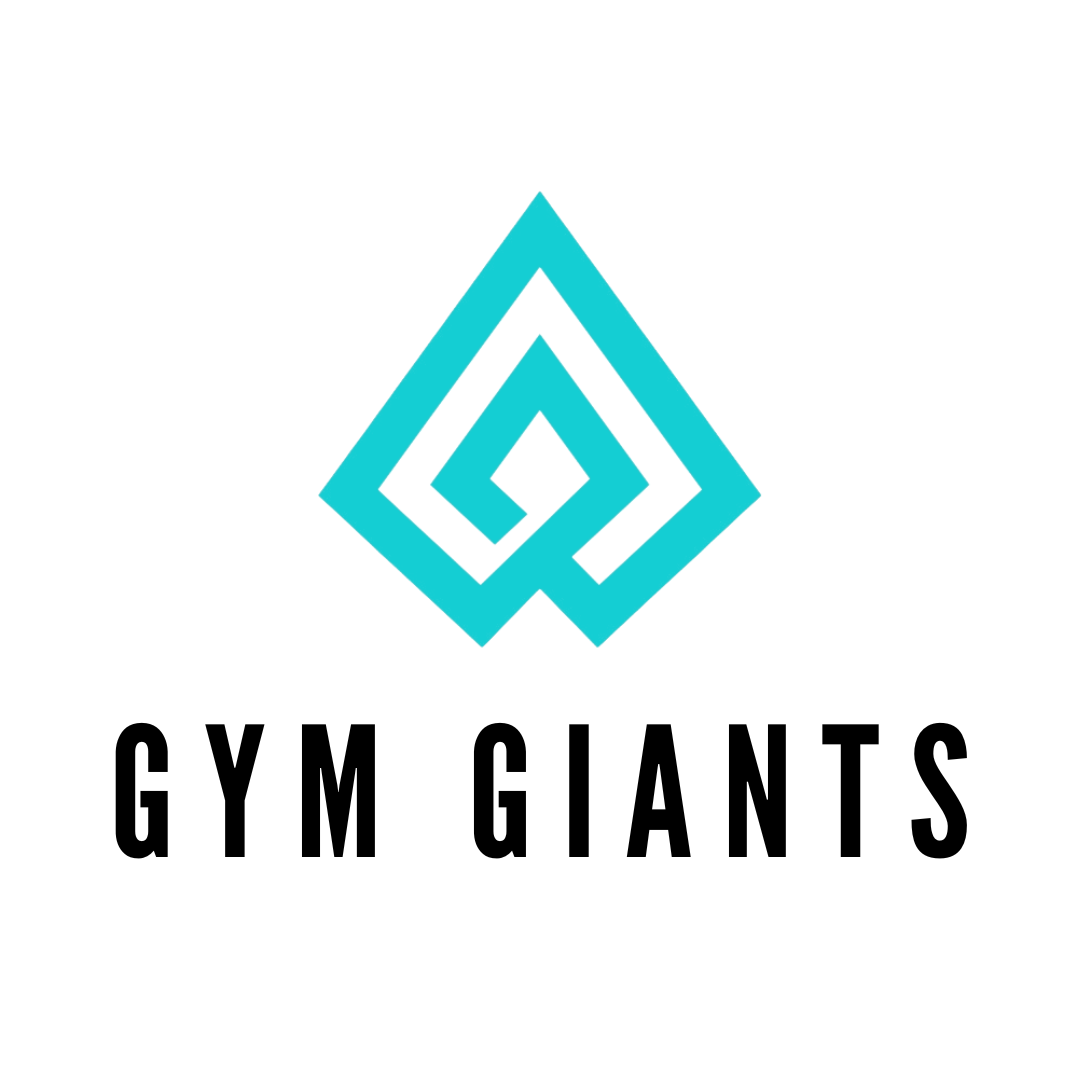This post delves into five unique weightlifting variations designed to target specific muscle groups and maximize your gains. By incorporating these exercises into your workout routine, you can challenge your muscles in new ways, break through plateaus, and achieve a more balanced and defined physique. Give these a go next time you're in the gym:
1. Narrow Hand Deficit Pushups: Deficit pushups involve elevating the hands or feet to increase the range of motion, often by use of push up handles/grips, with the goal of enhancing muscle stretch and activation, and a narrow hand placement potentially leads to greater muscle activation than any other hand placement.
-
Key benefits: Increased inner chest activation, improved core stability, and enhanced upper body pushing strength.
-
Form tips: Maintain a straight body from head to heels, avoiding sagging in the hips or arching the back. Lower yourself until your chest nearly touches the ground, then push back up explosively.
-
Key benefits: Isolated lateral delt development, improved shoulder stability, and enhanced overall shoulder definition.
- Form tips: Keep your back straight and core engaged. Avoid using momentum to swing the weights up. Focus on controlled, deliberate movements.
3. Overhead Tricep Extensions: To fully develop your triceps, it's crucial to target all three heads. Overhead tricep extensions excel at engaging the long head, whereas a traditional tricep extension primarily works the lateral and medial heads.The long head is also what is going to make your triceps look wide from the back, so it's definitely a muscle you don't want to skip.
-
Key benefits: Isolated long head tricep development, improved upper arm definition, and increased overall tricep strength.
- Form tips: Maintain a stable base and avoid arching your back. Keep your elbows close to your head throughout the movement. Lower the weight slowly, then extend your arms fully at the top.
4. Leg Extensions: While often criticized, leg extensions can be a valuable tool for targeting the rectus femoris, the quad muscle responsible for knee extension and hip flexion. By adjusting your seating position and focusing on eccentric contractions, you can effectively isolate and strengthen this muscle.
-
Key benefits: Rectus femoris development, improved quadriceps balance, and enhanced knee stability.
- Form tips: Sit upright with your back flat against the pad. Avoid locking your knees at the top of the movement. Lower the weight slowly and controlled, feeling the stretch in your quads.
5. Seated Hamstring Curl: Research consistently demonstrates that the seated leg curl is generally more effective for hamstring development than the lying leg curl. This is primarily due to the increased range of motion and stretch placed on the hamstrings in the seated position.
-
Key Benefits: The seated position allows for a fuller stretch of the hamstrings, leading to increased muscle fibre recruitment, promoting greater hamstring hypertrophy compared to the lying leg curl. The seated position also minimizes stress on the lower back, making it a more comfortable option for many people.
- Form Tips: Maintain a neutral spine, focus on hamstring contraction, avoid locking knees, controlled movement, and proper pad placement. If it's comfortable, try leaning your torso forward slightly to get a deeper stretch. If this hinders your range of motion or feels uncomfortable, then sitting up straight is also completely fine!
Remember, proper form is crucial for maximizing results and preventing injuries, and some of these exercise might even require you to lower your weight. Listen to your body, and gradually increase the intensity and weight as you progress. Consistency is key, so make these exercises a regular part of your training routine!

